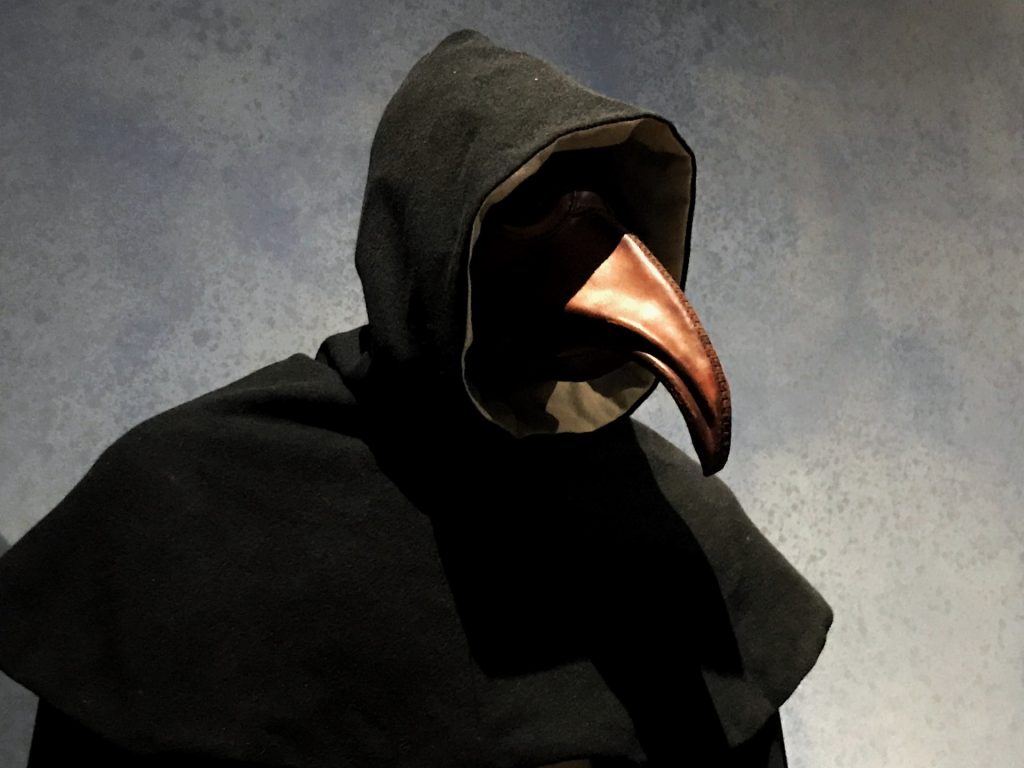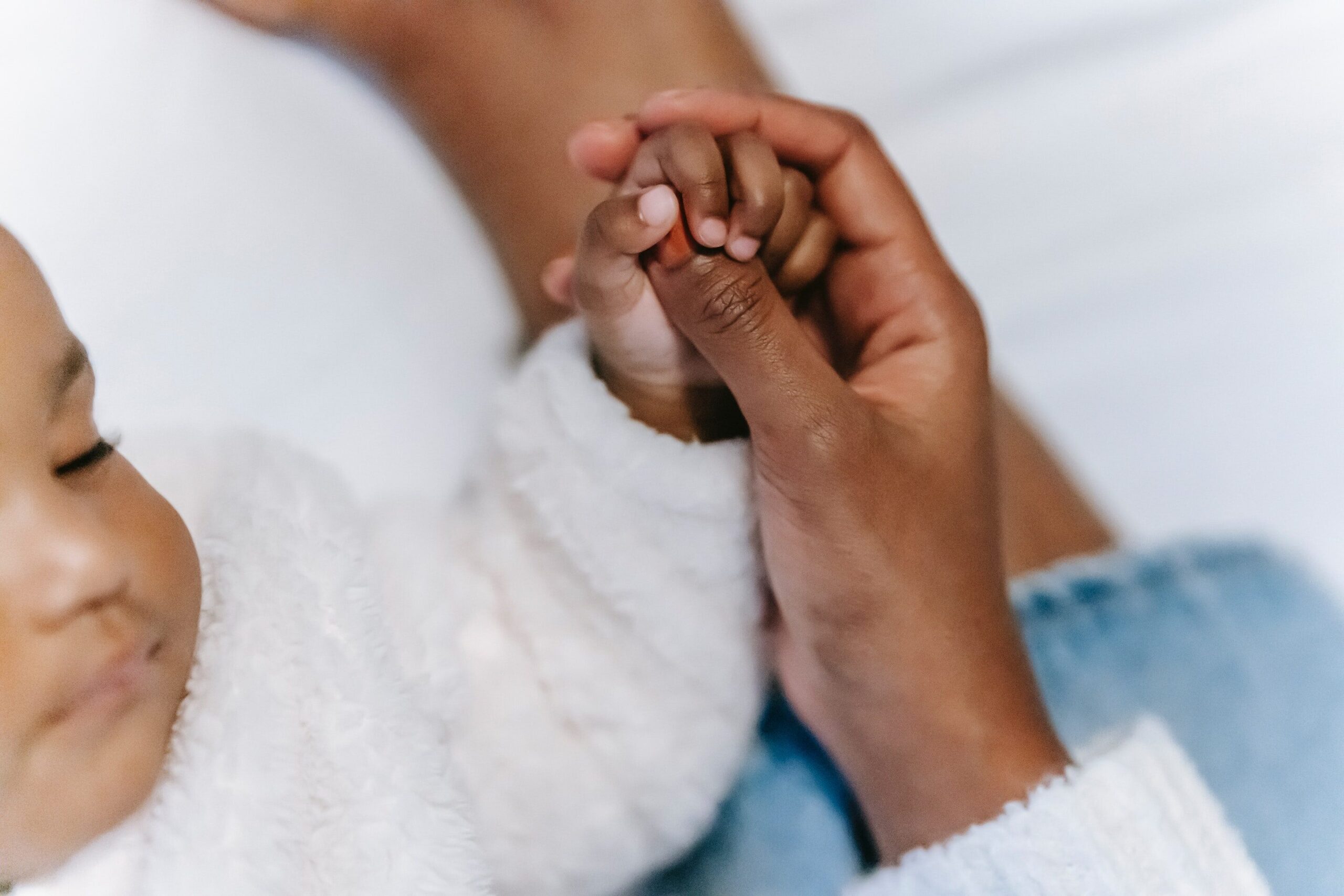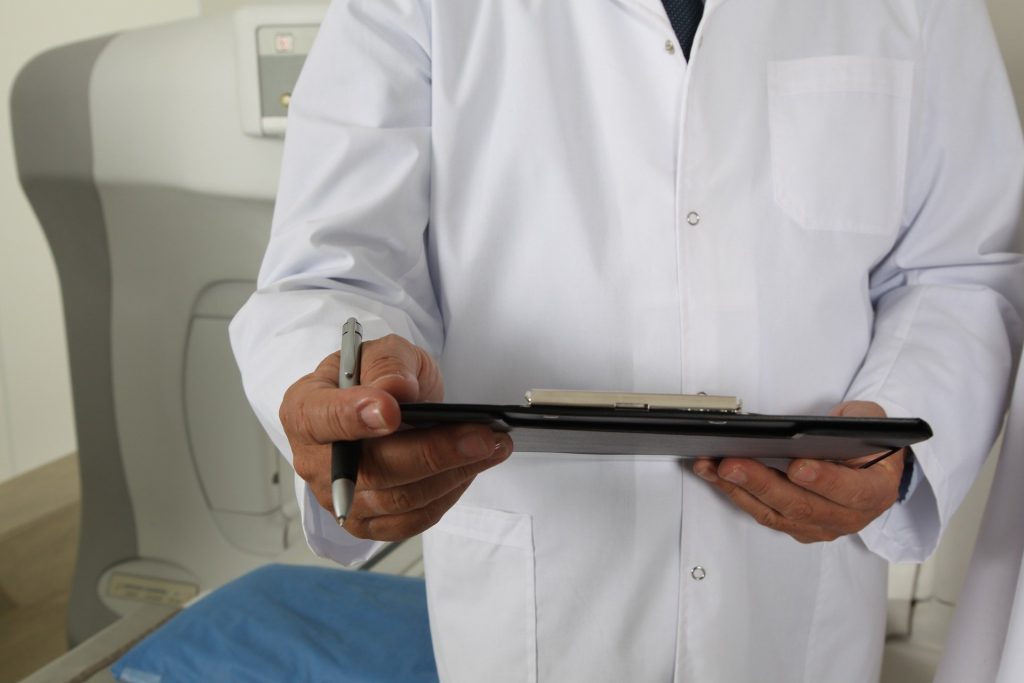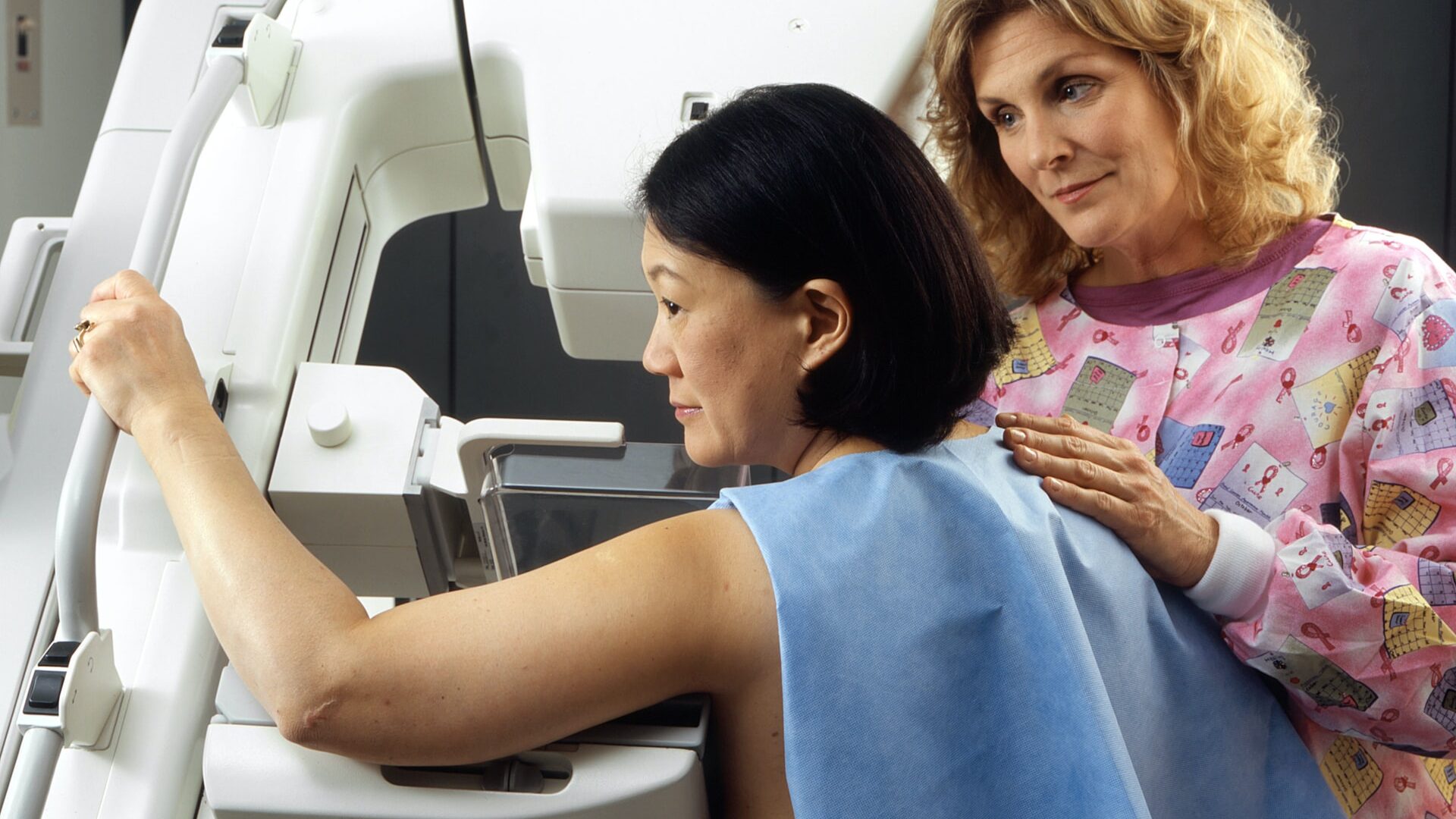Study Reveals Mediaeval Plague Victims Buried With Care and Attention

Mediaeval plague victims in the UK were mostly buried with care and attention, according to a new study from Cambridge University.
In the mid-14th century, Europe was devastated by the Black Death which killed between 40 and 60 per cent of the population. For centuries afterward, waves of plague would continue to strike the region.
Due to the rapid onset of death in the absence of antibiotic treatment (less than a week for bubonic plague and under 48h for pneumonic plague), the disease leaves no visible evidence on the skeleton, so until now archaeologists have been unable to identify individuals who died of plague unless they were buried in mass graves.
Although it has been long believed that most plague victims in fact received an individual burial, this has been impossible to confirm until now.
By studying DNA extracted from the teeth of individuals who died at this time, researchers from the Wellcome Trust-funded After the Plague project, based at the Department of Archaeology, University of Cambridge, have identified the presence of Yersinia Pestis, the bacterial pathogen that causes plague. The study is available to read online in the European Journal of Archaeology.
These include people who received normal individual burials at a parish cemetery and friary in Cambridge and in the nearby village of Clopton.
Lead author Craig Cessford of the University of Cambridge explained: “These individual burials show that even during plague outbreaks individual people were being buried with considerable care and attention. This is shown particularly at the friary where at least three such individuals were buried within the chapter house. The Cambridge Archaeological Unit conducted excavations on this site on behalf of the University in 2016-2017.”
The individual at the parish of All Saints by the Castle in Cambridge was also buried with care; this stand in contrast to the apocalyptic language used to describe the abandonment of this church in 1365 when it was reported that the church was partly in ruins and ‘the bones of dead bodies are exposed to beasts’.”
The study also shows that some plague victims in Cambridge did, as expected, receive mass burials.
Yersinia Pestis was also identified in several parishioners from St Bene’t’s, who were found buried together in a large trench in the churchyard excavated by the Cambridge Archaeological Unit on behalf of Corpus Christi College.
Soon afterwards, this part of the churchyard was transferred to Corpus Christi College, which was founded by the St Bene’t’s parish guild to commemorate the dead including the victims of the Black Death. For centuries, the members of the College would walk over the mass burial every day on the way to the parish church.
Cessford concluded, “Our work demonstrates that it is now possible to identify individuals who died from plague and received individual burials. This greatly improves our understanding of the plague and shows that even in incredibly traumatic times during past pandemics people tried very hard to bury the deceased with as much care as possible.”
Source: University of Cambridge
Journal information: “Beyond Plague Pits: Using Genetics to Identify Responses to Plague in Medieval Cambridgeshire” – Craig Cessford, Christiana L. Scheib, Meriam Guellil, Marcel Keller, Craig Alexander, Sarah A. Inskip and John E. Robb. European Journal of Archaeology, https://doi.org/10.1017/eaa.2021.19










